By: Dave Morley, Photography by: Mark Bean Date: 25.04.2022
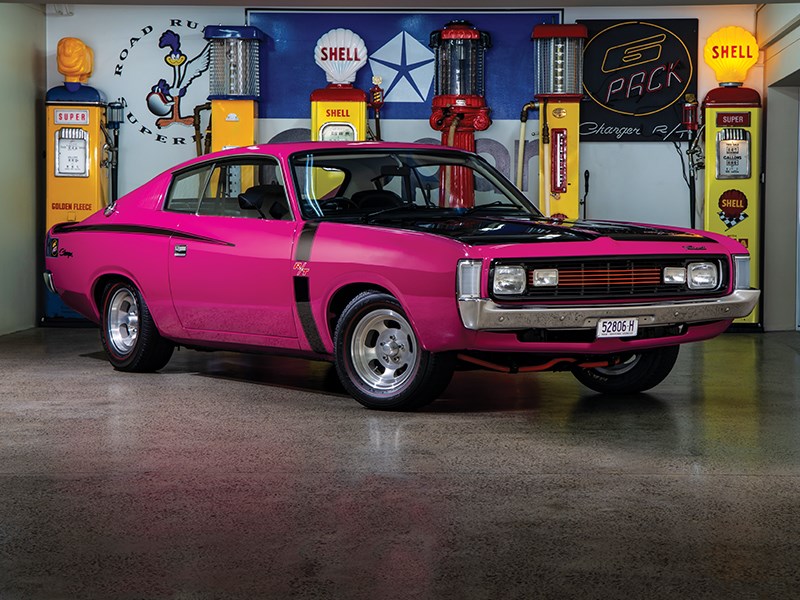
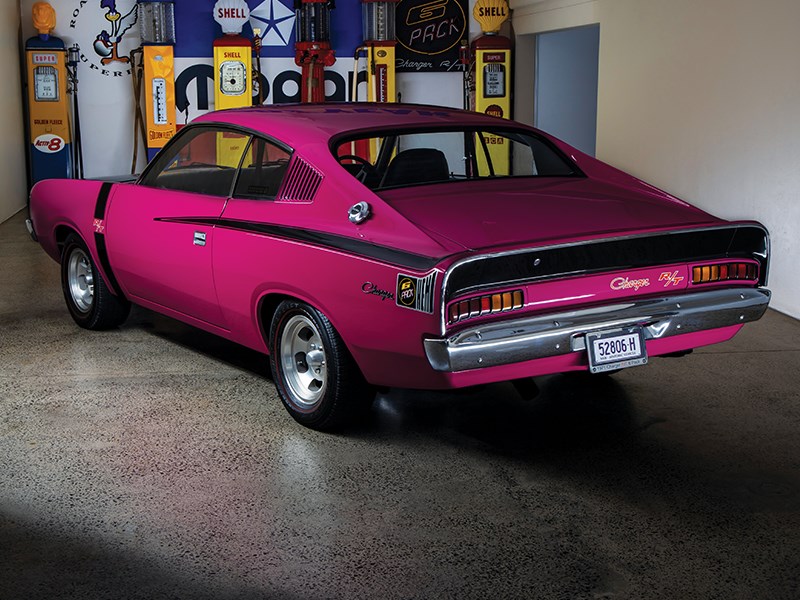
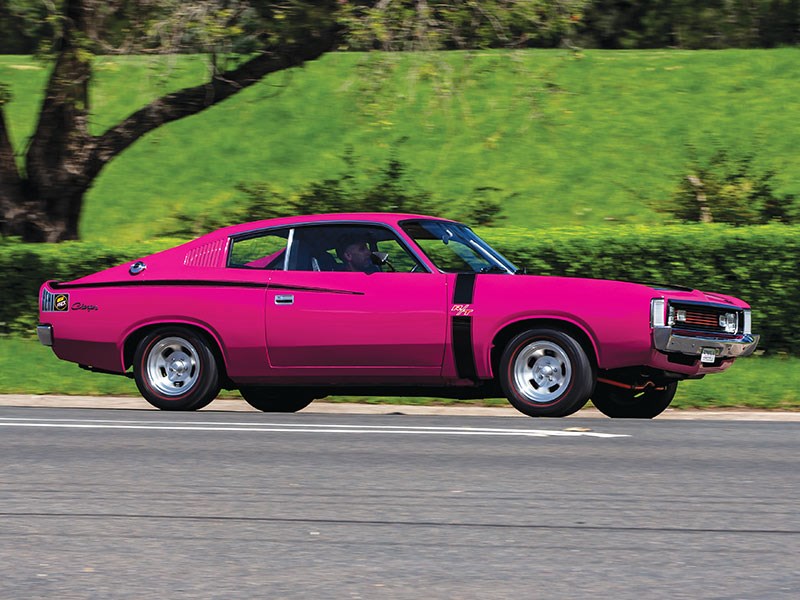
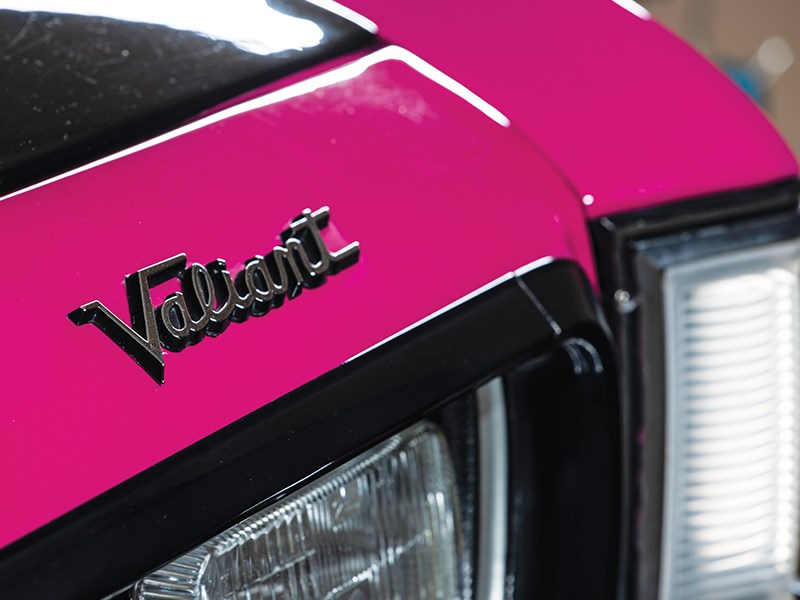
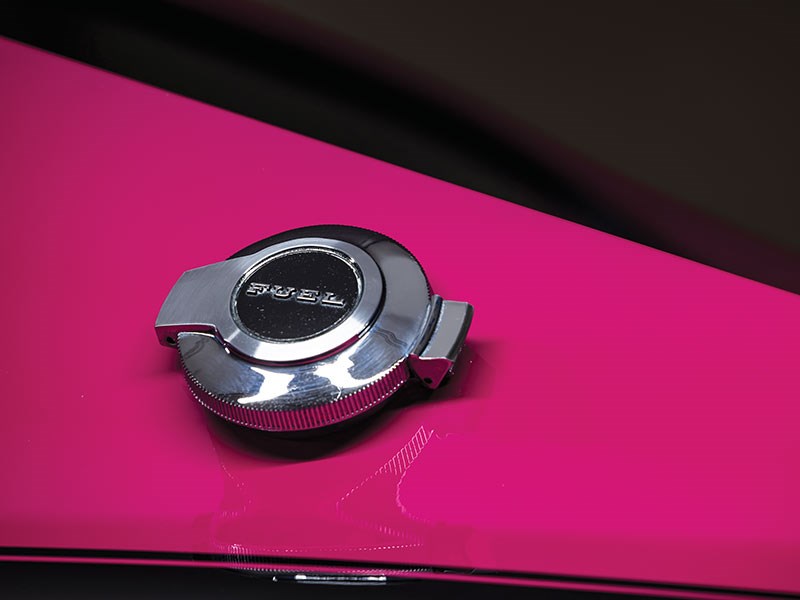





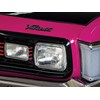
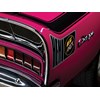
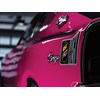

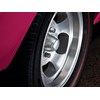

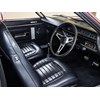
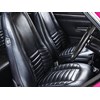
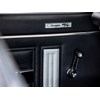
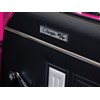
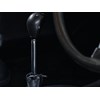
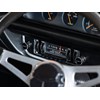
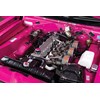
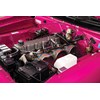
Once shunned, this shortened two-door Valiant coupe with its wailing six and bold stripes is a bona fide classic
You like a good two-sets-down comeback yarn? How about the Valiant Charger? I mean, has there been an Aussie car that has experienced such a stratospheric rise from some kind of obscurity to absolute collectability?
Sure, all chrome-bumper Aussies have experienced a big jolt in price and collectability lately. But not all of them started as promisingly as the Charger before taking the big dive. And even before the effects of Covid and the collapse of local car-making was making Mark 3 Cortinas collectible, the Charger was well and truly on the path to car-nut redemption. Which leaves us with the question of what went wrong when the thing was new, and what has changed to make us think so differently about the car in the first place? When you look into it, it’s actually a really interesting chunk of social science (but don’t let that put you off).

Still eye catching form any angle
Now, we all know the bones of the Charger story: Chrysler Australia decides it needs a car to go Bathurst-trophy hunting and conjures up the Pacer in the late 60s. But even from there, it’s one helluva leap to arrive at a shortened VH Valiant sedan with two less doors, six inches out of the wheelbase and more than 13 inches lopped from the overall length. Then, throw in the engine hardware which, for the Bathurst versions, involved sending a whole car to Weber in Italy so the engineers there could fine-tune the triple side-drafts, and it’s pretty clear that Chrysler wasn’t rolling the arm here.
And you know what, at first, things were looking pretty good for the Charger. It won Wheels magazine’s Car of the Year in 1971. Within 12 months of its launch the same year, the Charger was accounting for 50 per cent of all Valiant sales. Yep, things were looking really good. Of course, only a small chunk of those were the fabulous E38s and E39s, but that’s how halo selling works. But it was also, you suspect, one of the Charger’s problems.
| Read next: Survivor 1972 VH Charger R/T E49

See, compare what happened to the Charger with the fate of early, six-cylinder Holden Monaros. There are some serious parallels. Sure, an HT Munro with a 186 and drum brakes is now ultra-collectible, but wind the calendar back a decade or two, and these things were ten deep at the tip. Same thing happened to base-model and XL Chargers. Throw in the fact that there were a lot of them about, and suddenly, you had to have the Bathurst version (of a Charger or Monaro) to make an impression on Main Street. Consider the cult Aussie flick Running on Empty. In the first three minutes of the film, a street racing scene sees a V8 (according to the soundtrack and central bonnet scoop) Monaro launch and roll mid-race. But if you slow the action down (tinyurl.com/2p948s45) you’ll see that the car that actually rolled was a six-cylinder (you can see into the engine bay when the bonnet flies off). That tells you all you need to know: The V8 Monaro was a movie star; the six-potter was cannon-fodder.
| Read next: Ex-Bathurst E38 Charger

Hemi Six Pack was one helluva an engine
Which is why the same thing didn’t happen to Falcon GTs. Because the GT was only ever available with a V8 engine, any version was already the hero car. GTS V8 Monaros were a bit the same, and although they became, for a while, seriously cheap by modern standards, they still had their tiara more or less in place among those in the know. But the poor old Charger? Not so lucky. The V8 version was never really allowed to achieve its full potential and that meant the hero version was a six-cylinder. In increasingly V8-obsessed Australia, that was a problem.
| Read next: 1971 E38 Charger review

eep dish mags further enhance appeal
Never was that problem more apparent than at Mount Panorama. And right there was the Charger’s big stumbling block for many years: It never won Bathurst. Even the LJ Torana which was also six-cylinder powered, of course, managed a Bathurst triumph. (And it sure never hurt that it was P Brock’s first win at the mountain.) Beyond the Bathurst thing, the LJ GTR XU-1 Bathurst car’s 202 was also the biggest engine you could get in that body. There was no `better’ alternative. The Torana six was never seen as second-best. No such slack was accorded the poor old Hemi-powered Charger.

Chrysler sent a Charger to Weber in Italy
If you doubt that the lack of a Bathurst win (the Charger managed a best of third outright in 1972, the same year as Brock was lifting the Torana XU-1 to immortality) hurt the Charger’s fate, consider the experience across the Tasman. In New Zealand, the Charger was a vastly more successful touring car than even the Falcon GT-HO and, for that reason alone, the Valiant is the most utterly revered Australian car of that era. (Actually, the Charger was so popular, it was assembled in NZ in the day.) Mentioning the name Leo Leonard to a Kiwi race fan gets a similar response to a reminding an All Blacks fan of Jonah Lomu. Not only was Leonard the winner of a slew of 500-mile and 1000km races as well as touring-car championships in NZ, the E49 he did it in was a record-setter at many circuits and all but unbeatable for years. Even by the mighty GT-HOs. And right there is why the Charger has such a rep across the ditch.
| Reader restomod: Barra-powered Charger

Highback vinyl seats. Slippery when punting it
So what else was going on in Australia in the 70s and 80s to take the shine off the Charger? Well, in a world where inclusion is a hot-button topic right now, and the cancel culture is a growth industry, this might sound a bit loopy, but back then, the Valiant had the reputation of being the preserve of the New Australian. Heard the phrase `Marrickville Mercedes’? Or what about the less imaginative and even less charming `Wog Chariot’? Both backyard-barbecue nick-names for Valiants. And not even two less doors and a red-hot Hemi six could save the Charger from that particular tar-brush.
The bloke who owns the E37 here, Albert Ayoub, agrees. "The whole wog chariot thing meant that people didn’t want to drive these cars," he reckons. "But now, it’s cool to drive old cars again. You see them everywhere and people are loving it."

He’s right, and the wheel really has turned full circle, hasn’t it. Any Charger – even a base-model 215 cubic-inch car with a column-shifted three-speed – is a Pool-Room special. And the Bathurst E38 and E49 models? Well, they’re giving even Falcon GTs and Torana hatchbacks a run for their money in terms of price and desirability.
So, again, what’s changed? It’s hard to know exactly, but it’s fair to say that, like any steel-bumper Aussie car, the car and its admirers have financially matured in parallel. But there’s also no longer the cultural cringe that once existed. Pop-culture still throws up the odd Charger reference to give us a refresher course, and even stuff about the Charger that was daggy back in the day, has suddenly become cool again, just as surely as hipster jeans are a thing again. (Can acid-wash denim be far behind?) Tartan seat trim? Cool again. Back and white TV adverts with none other than Geoffrey Rush copping the Hey Charger V from admiring mini-skirters? (Check out: tinyurl.com/4puufhc8). Yep, cool again (probably always cool, but you get the point). You can’t look at an Aussie-cars social media site these days without pictures of Charger Highway Patrol cars cropping up, clips from the Alvin Purple movie car chase or any number of other references to the Val’s place in motoring history. Suddenly, we get it. Again.

Also, once you’ve cleared away all that psycho-baggage about who’d buy a Valiant and what sort of half-wit wants a six-cylinder car over a V8, there’s also the fact that the Charger is, to many eyes, the best looking Aussie car ever minted. And in a world where a lunch-money hot-hatch can show a GT-HO the door across 400m, that counts for a whole hell of a lot. Now take another look at the photos on this page and tell me if there’s ever been a hot-hatchback that can hold a stylistic candle to something as outrageous as a stumpy, pink hot-rod like a Charger. Exactly.
And just as surely, there are blokes like me who dug all the things that played against the Charger in the day. Most notably that six-cylinder engine. I remember driving a mate’s 245 VG sedan way back in the 1980s and, having come from a diet of Holden sixes, from the first bootful of throttle, silently wondering to myself how long this Hemi thing had been going on. I’ve also always been one out and one back in my views of the necessary number of cylinders. As in; a V8 is a great car to take to a race-track. Provided it’s towing your six-cylinder race-car.

These days, I have a motley VH Charger in my shed with a sizzling 265 Hemi (60-thou over, E49-and-a-bit cam, big four-barrel) under the lid that my brother built for me. And I swear, every time I turn the key on that mother, it feels like I’m letting something wild off the tether. As if turning the key off again might one day not actually stop it. It honestly scares me. Just a little. Just enough. Like a slightly unhinged critter on a slightly too-long leash. And in a world where you get a trophy for turning up, and nail-clippers come with safety goggles, maybe that’s just what we all need now and then. And when you look at all the Aussie muscle cars that have come and gone, a sawn-off two-door with a grumpy, wailing six and a mad set of stripes was probably about as anti-establishment as it got. Then and now.
E37 Valiant R/t Charger owner - Albert Ayoub
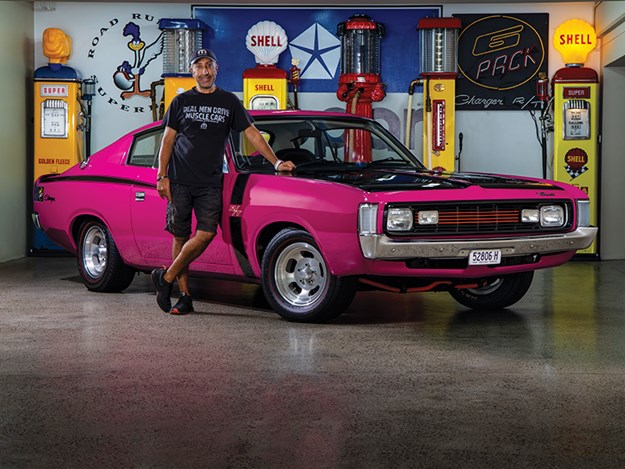
If there's a more eyeball-piercing automotive colour than Magenta, then we haven’t seen it. And while it’s a bit love-it-or-hate-it, if you’re Albert Ayoub (who owns the car on these pages) then it’s Magenta first, daylight second when it comes to desirability. Mind you, Albert’s got fairly defined tastes in cars, starting with the fact he’s one of those traditional Mopar-or-no-car dudes. The Ayoub garage is also home to whatever the collective noun for a bunch of Mopars is. There’s a new Demon (still left-hook) a Superbird, Cuda, Challenger and, of course, the E37.
Albert has owned the Charger since 1993 when he answered a newspaper advert for a white Charger. As far as the seller knew, the thing had always been white (as it was in 93) but when Albert decoded the tags, he discovered it was an original Magenta car. "Mate, this car’s pink," he told the surprised seller.
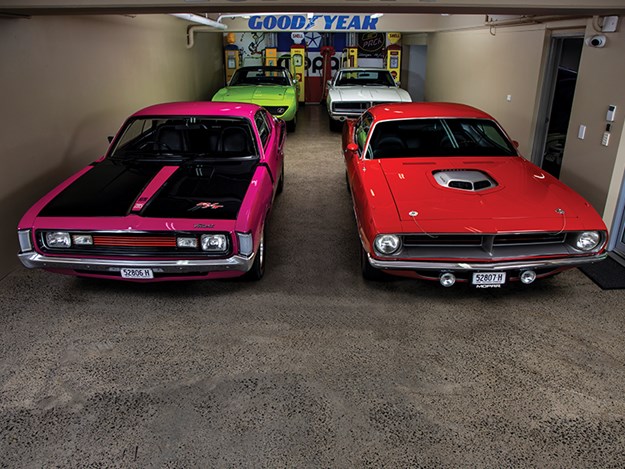
"Would you wanna drive a pink car?" says the bloke selling it.
"My bloody oath I would" Albert says, "That was it. I paid a deposit on the spot and headed down to buy it. The Magenta thing goes right back to when I was a kid and my older cousin had a Charger. A mate of his rolled around in another Charger, and that one happened to be pink. I took one look at it and knew I had to have one. And that car in that colour stayed in the back of my head for years."
An original E37, the only non-standard parts on the car are the four-speed, close-ratio R/T gearbox ("It’s hard work driving a three-speed, let me tell you," says Albert.) and the Bathurst spec fuel tank known imaginatively as the big tank option. But there are also holes and mounts for a harness. That has led to speculation that the car was once raced (hence the big tank) and while the colour-change from pink to white may have been on taste grounds (theirs, not ours) it’s also suggestive of a racing history as many race-car liveries start with a white background. In the end, it doesn’t matter, because Albert knows he’ll never part with this car.
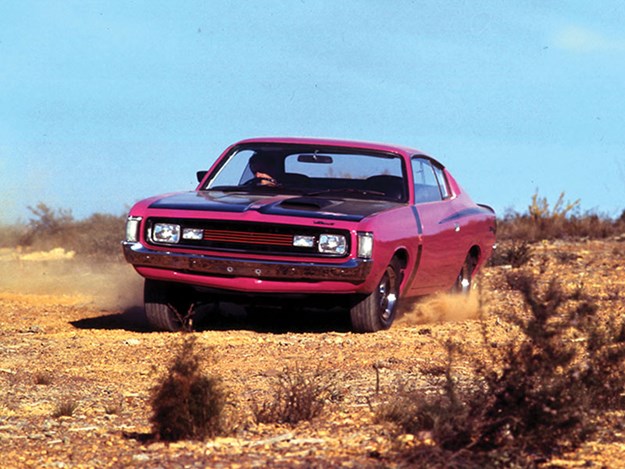
"It’s never going to get sold, so it doesn’t matter to me what it is, I just love it."
And the best thing about a six-cylinder Charger? "It’s a combination of things. To me, it’s that motor with the triple Webers. And the look of the thing, particularly from the front. Oh, and the stripes. They could never build this car again."
And right there, you get the feeling that Albert – just like Chrysler Oz did back in the day - has absolutely nailed it.
From Unique Cars #463, March 2022
Follow me at: